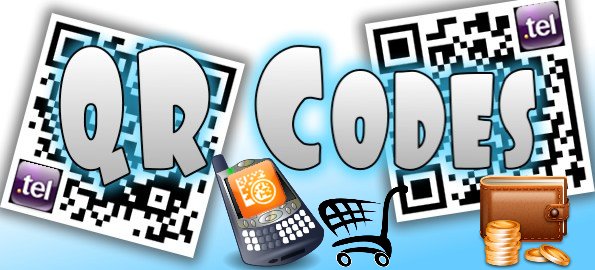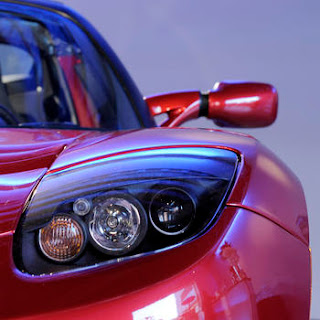

Bike computers that can only measure speed and distance have been outdated for several years now. Today, these devices can track all sorts of data from our cycling trips. Bike computers with GPS function, provide a fully built-in navigation option.
How to Buy a Bike Computer
Bike computers can do all sorts of things - from telling you how far you've ridden to how much elevation you've gained. It's all a question of what features you want and how much you want to spend.
Instructions:
1. Determine your price range. Bike computers can cost as little as $20 and as much as $100.
2. Decide what features you want. Do you want just the basic speedometer, odometer and clock? Or do you want a heart-rate monitor or an altimeter?
3.Consider a cordless model. These computers are especially good for mountain bikers - no wires to snag on tree branches.
4. Decide whether you want to use your computer on your indoor trainer. If so, you will need a computer that will allow you to put the sensor on the rear wheel.
5. Determine whether or not you will install the computer yourself. If so, make sure the directions make sense before you buy the computer.
Bike computers add an interesting extra dimension to cycling. In their simplest form they tell you your speed and the distance you have travelled. The more complicated ones will give you much more information such as your pedal revolutions. They can be useful for improving performance or simply for curiosity sake to see how many miles you have covered this week or whether one route is shorter than another.
Plus it’s a lot of fun to keep beating your highest speed!
As with all our other guides I’ll take you through what things to look for in a good bike computer and then I’ll pick out some of the latest and greatest bike computers that are well regarded.
What to look for
Ease of use – many come with just one button but often that can make it tougher to use. Other things to look for include well sized and designed buttons so you can quickly tap them while you are cycling. Keep in mind that if you are wearing cycling gloves the buttons will be harder to press.
Setup process – Often where bike computers stumble is in the setup process when you need to input your wheel size for accurate calculations.
Wired vs. wireless – a lot of the newer bike computers are now wireless. This makes them slightly more expensive but is usually worth it for simplicity. Avoid the cheapest wireless ones as the accuracy is likely to not be very good.
Mount – It should be possible to very quickly remove the bike computer when you reach your destination. Also the mount should be easy to fit and not wobble whilst cycling.
Display – You want a clear display so you can check stats without taking your eyes off the road for too long. The larger screens usually mean you can fit in more statistics which is a bonus.
Functions – Checkout the list of functions to see if it provides you with the statistics you need. Ask yourself which ones you are genuinely interested in.
Bike Computer
3, rue Butini
1202 Genève
Switzerland
Inhaber: Alexander Schiesser MacLeod
Webseite:
http://bikecomputer.tel/
or:

Scan the code with your smart phone, and add our contact information to your address book.


Share on social networks:
http://www.bikecomputer.tel2social.com/
.









































Keine Kommentare:
Kommentar veröffentlichen